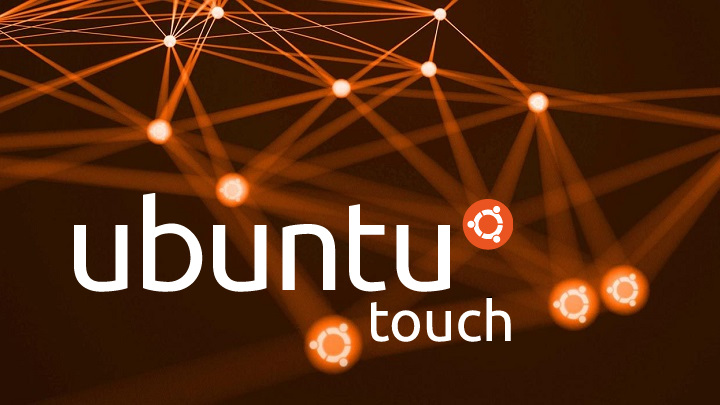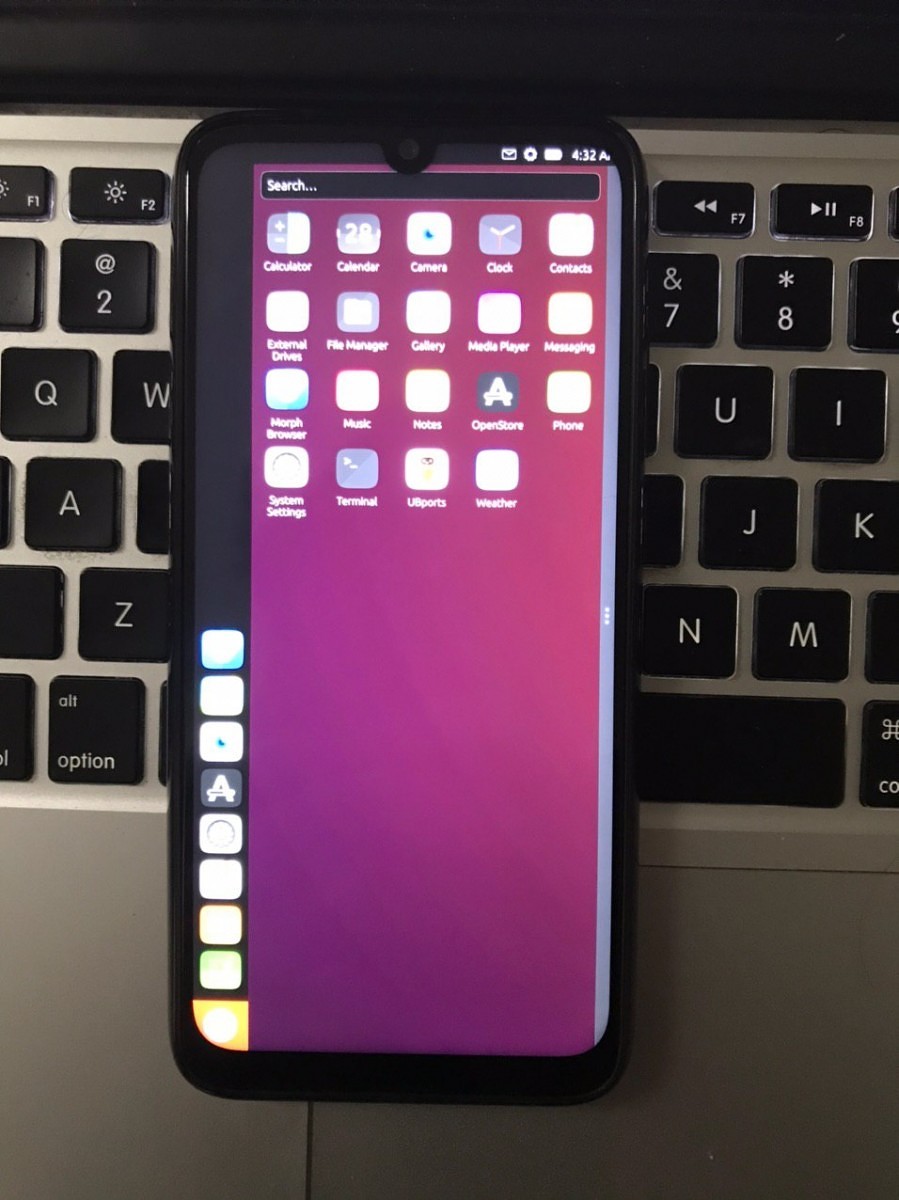Linux Ubuntu Touch Running on Xiaomi Redmi Note 7
The history of attempts to run various operating systems on smartphones dates back practically to the beginning of their existence. It usually takes quite a long time to crack the security and adapt to the specifics of a given model. However, as it turns out, you can already launch Ubuntu Touch on the new Redmi Note 7.

- XDA Developers message board user managed to create and upload a port of Ubuntu Touch on Redmi Note 7.
- Phone from Xiaomi is one of the newest models that allowed for Ubuntu upload.
A long time ago, when Android was still just a few lines of code held together by duct tape, HTC HD2 appeared on the market, which enabled you to upload almost any operating system - from Windows Mobile, on which it worked by default, through Ubuntu, successive versions of Android, to Windows XP. For a long time there were no other models on the market that would give so many possibilities. Meanwhile, HD2 from 2009 was getting cruelly old and further development of dedicated software was simply pointless.
Over time, developers' interest moved to the Samsung Galaxy S III and Galaxy Note II, which allowed for a relatively simple installation of standard Linux versions. However, also in this case the phones were getting old and there was not much anyone could do about it.
Ubuntu on Redmi Note 7?
However, there are still projects such as postmarketOS and UBports that try to fill the niche between Android devices and computers using various Linux distributions. But what if we would like to have Linux on our new phone? One of the XDA Developers message board users, erfanoabdi, sought the answer to this question. Admittedly, he did pretty good, because he managed to upload Ubuntu Touch to Xiaomi Redmi Note 7.

Erfanoabdi boasted the first screenshots, but at this point the system port is at a very early stage. The touchscreen, Hardware Composer and even Wi-Fi are working, but that's pretty much it. The installation of the system itself is a multi-stage, complex process and requires a lot of knowledge and patience. There is hope, however, because recent years have brought a lot of changes in the architecture of the Android system (thanks to Project Treble) and programmers involved in the Halium project are working on libraries that would enable us to use existing drivers. Once their work is completed, we may be able to build a system image ready for direct flashing to devices.
0
Latest News
- This is expected to be the biggest year in the company's history. Blizzard prepares an offensive that will overshadow previous years
- Bethesda envied CD Projekt RED? Starfield may undergo a Cyberpunk 2077-style metamorphosis
- Season 2 has just started, and Todd Howard is already writing the script for the third one. Fallout 5 will be changed by the TV show
- 5 games to grab on Amazon Prime Gaming. Among them, a collection of RPG classics
- My experience attending the 2025 Game Awards, and why I loved it

